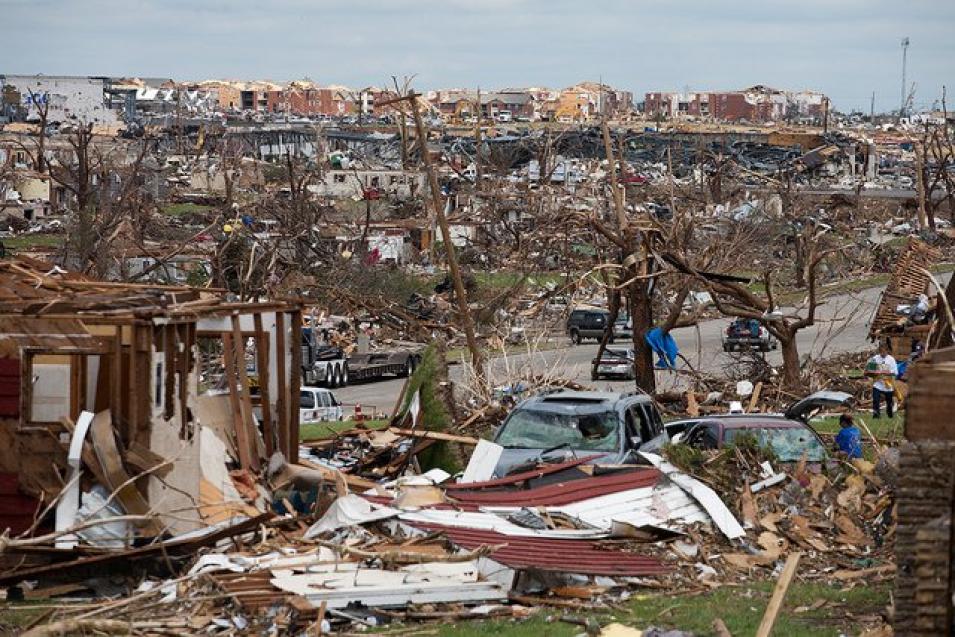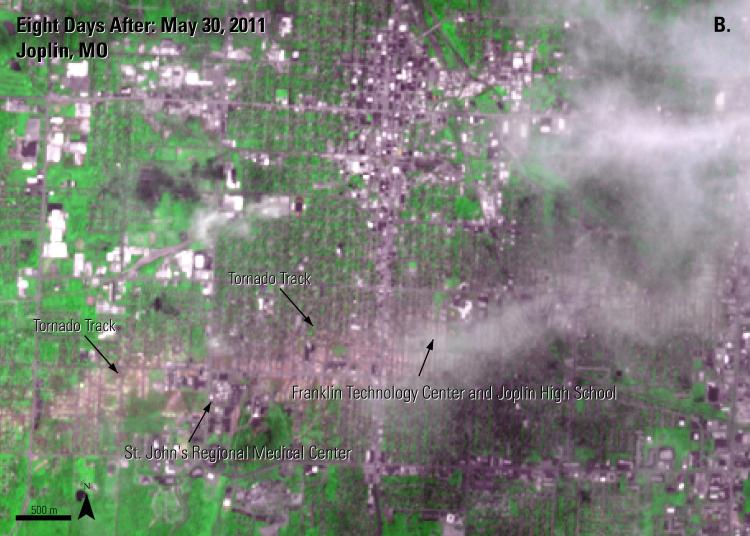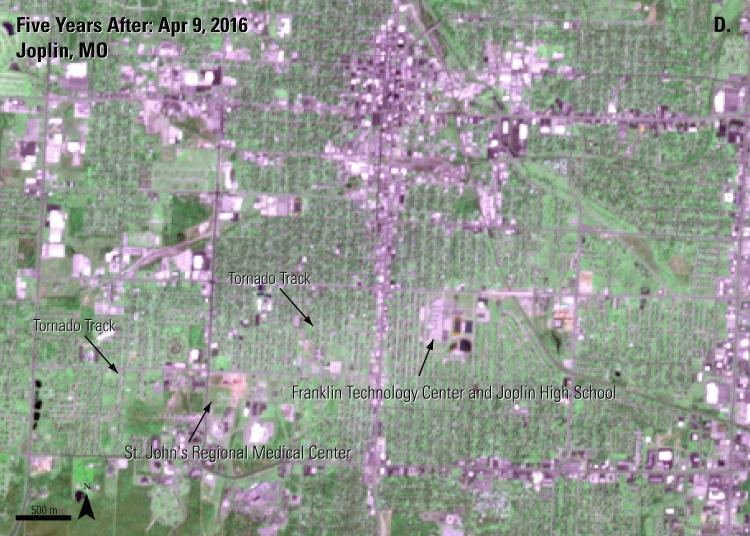References
Article References
(Author's Note 5/15/2020: At the time of publishing these references were available online, some resources may no longer be available.)
American Geosciences Institute., 2015, Case Study: Remote Sensing Supports Emergency Management Response to Tornados, accessed May 9, 2016.
Huffington Post, 2014, New schools to open in Joplin, Missouri, after tornado, accessed May 10, 2016.
Jedlovec, G., Nair, U., and Haines, S., 2006, Detection of Storm Damage Tracks with EOS Data: Weather and Forecasting, v. 21, accessed May 9, 2016, http://dx.doi.org/10.1175/WAF923.1.
National Aeronautics and Space Administration, 2011, ASTER sees path of destruction from Joplin, Mo. tornado, accessed May 10, 2016.
National Aeronautics and Space Administration, 2012, 2011 tornado information, accessed May 10, 2016.
National Oceanic and Atmospheric Administration, 2014, Joplin tornado – May 22nd, 2011, accessed May 10, 2016.
National Oceanic and Atmospheric Administration, 2014, Storm Events Database, accessed May 10, 2016.
National Oceanic and Atmospheric Administration, 2016, The online tornado faq, accessed May 5, 2016.
Public Broadcasting Service, 2012, A year after Joplin’s tornado, disaster’s ‘immensity’ still a challenge, accessed May 10, 2016.
The Joplin Globe, 2012, About $39 million given to major funds for Joplin’s storm recovery, accessed May 10, 2016.
The Joplin Globe, 2014, Rebuild Joplin wraps up mission with 180th home, accessed May 10, 2016.
U.S. Department of Commerce, 2011, NWS Central Region Service Assessment Joplin, Missouri, Tornado – May 22, 2011, accessed May 10, 2016.
Imagery References
Granule IDs
May 7, 2011
- AST_L1T_00305072011171220_20150605205101_76316
May 30, 2011
- AST_L1T_00305302011171813_20150629104908_62389
July 16, 2011
- AST_L1T_00307262011171215_20150606224203_18784
April 9, 2016
- AST_L1T_00304092016171834_20160413144228_11249




